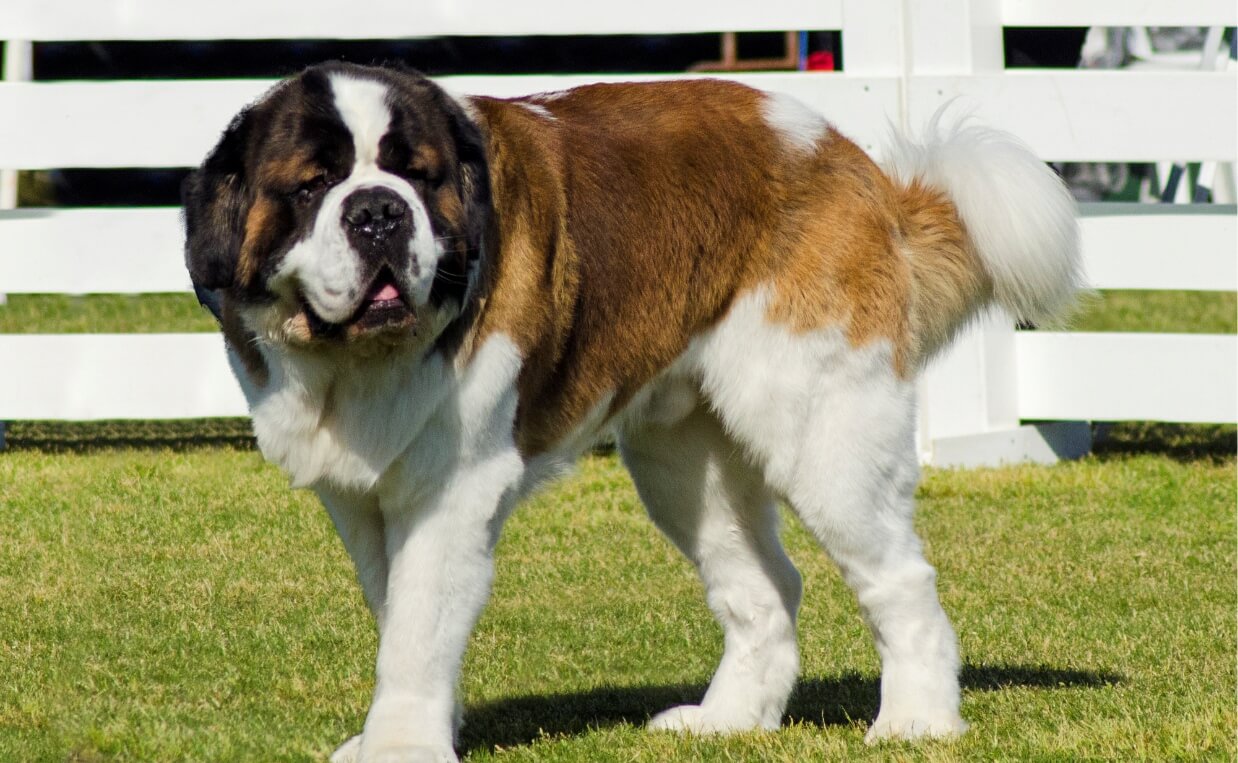
Large breed dogs, like Saint Bernards, Great Danes, Mastiffs, Irish Wolfhounds, Pyrenean Mountain Dogs, Bernese Mountain Dogs and Newfoundlands, are known for their big hearts and loyalty. These loving animals are so much more than pets. They are friends, companions, and family members. When they fall ill, their devoted owners are devastated. Few things are worse than seeing your beloved animal suffer. If you are the owner of a large breed dog, it’s important you know the common health issues these “gentle giants” may face.
Here are the most common big dog health issues these gentle giants face and how you can help.
-
Joint issues
Just like people, dogs are prone to joint issues as they age. Not surprisingly, large dogs tend to experience these issues more acutely. Some big dog joint issues include hip dysplasia, elbow dysplasia, and various forms of arthritis. Since there is a risk of joint issues with large breed dogs, you should start preventative measures when they are young.
Daily exercise can help keep your dog’s muscles toned and support his or her large frame comfortably well into their later years. Maintaining a healthy weight will ensure no extra strain beyond his naturally large size is placed on his hips and elbows.
Natural supplements, such as glucosamine and MSM, can help keep their joints supple as well. CBD oil can also be beneficial in managing pain and inflammation when it does occur.
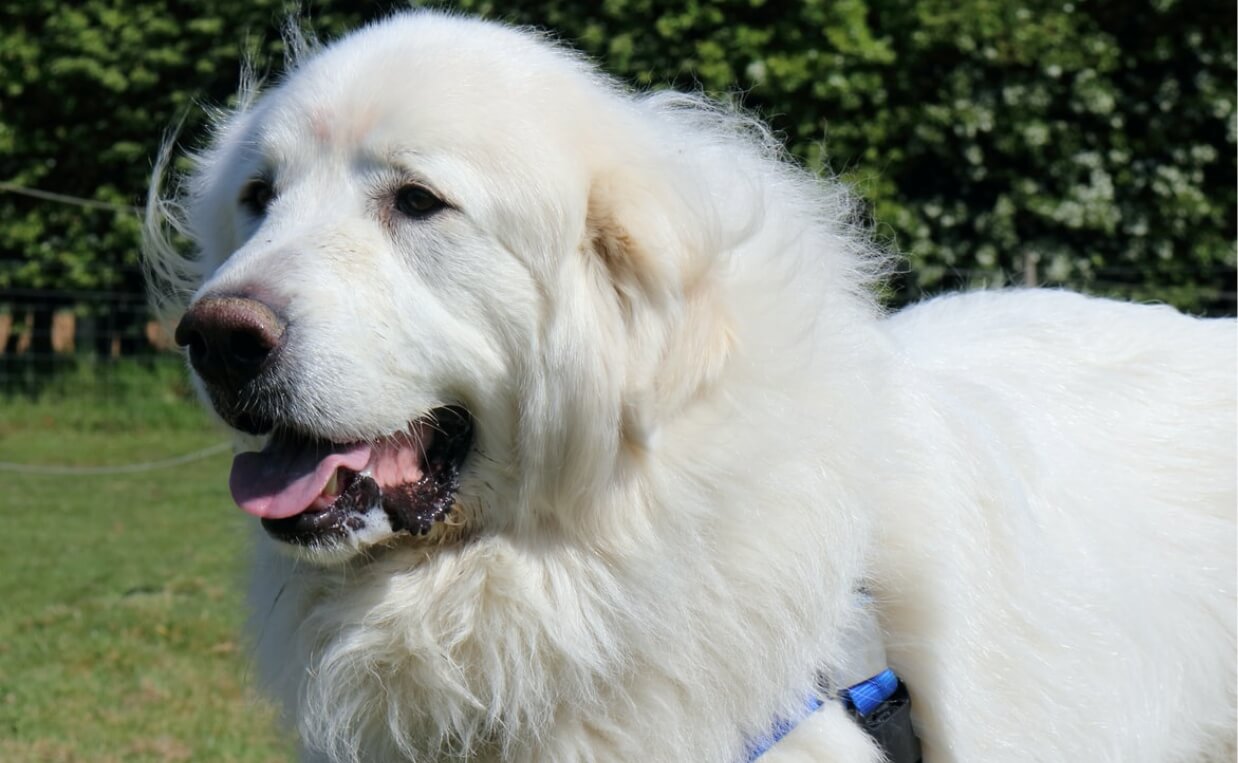
-
Heart problems
Big dogs are more prone to heart problems than smaller dogs. They can experience many forms of tachycardia and potentially serious issues such as cardiomyopathy and aortic stenosis.
While there are medications that can help treat these issues, the best approach is prevention. A diet and supplements containing phytochemicals can prevent many health issues, including heart problems.
-
Panosteitis
Panosteitis, also called Pano, is a type of bone inflammation often found in growing dogs in large breeds. It typically occurs before the puppy is one year of age and appears as sudden pain and lameness in one or more legs. Interestingly, Pano can jump from leg to leg with one getting better while another gets worse. It’s unknown what causes Pano, but experts suspect it has to do with rapid growth and the high-protein food fed to large breed puppies.
-
Bloat and torsion
Bloat happens when the stomach fills with air, while torsion is when the stomach actually flips over on itself. This condition, known as Gastric Dilation-Volvulus (GDV), is an emergency situation as it can very quickly become life-threatening. While the causes of GDV are unknown, the condition occurs in large-chested dogs far more often than smaller dogs. If you own a large breed dog, be sure to recognize the signs and symptoms of GDV so you can get your dog to veterinarian as quickly as possible.
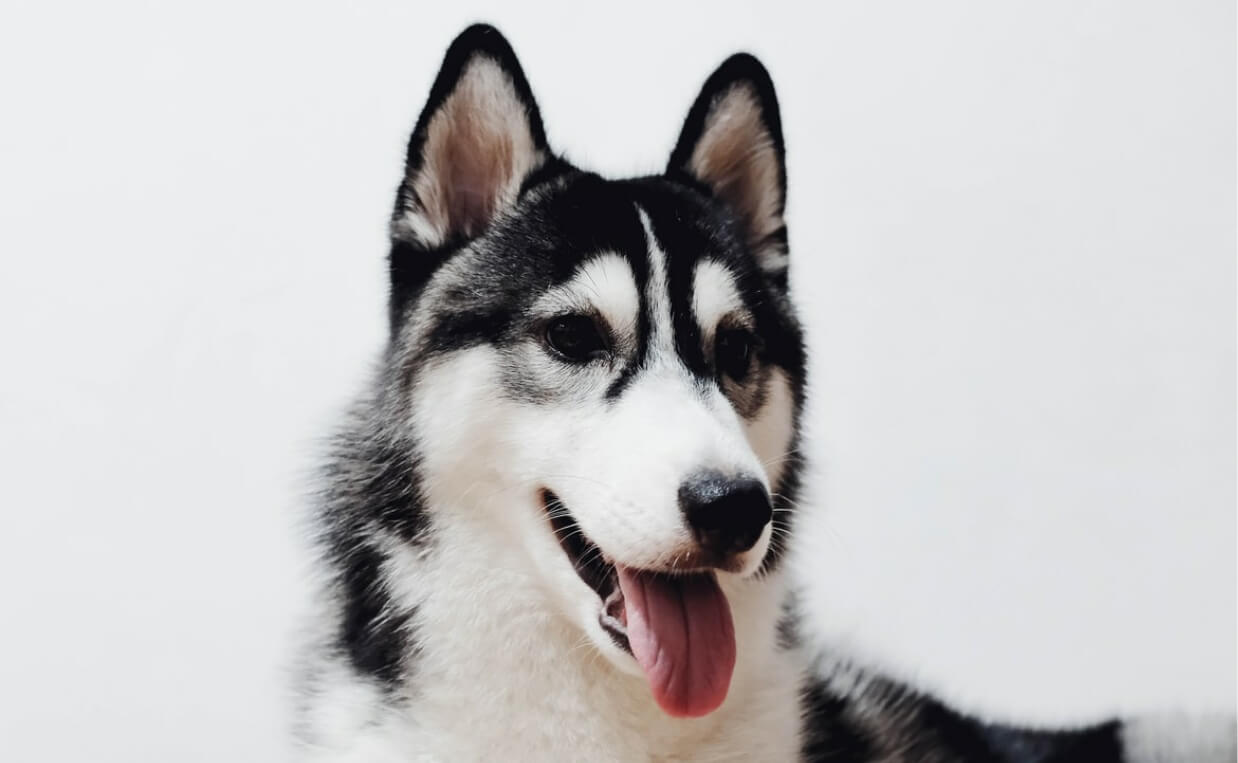
-
Spondylolitheses
Spondylolitheses, also known as Wobblers, is a malformation of cervical vertebrae. This condition causes weakness and an unsteady gait in dogs. There are several different ways Wobblers can develop, but it is hereditary and found very often in some large breed dogs. Unfortunately, as the disease progresses dogs will soon lose the ability to move around normally. Treatment can be either medication to control progression or surgery to correct the spinal malformation, but in either case the prognosis is guarded.
-
Cruciate ligament tears
The cruciate ligament refers to two bands of tissue located within the canine knee joint. These ligaments join the femur and tibia and work together to allow the knee to bend. Most of the time surgery is required to correct torn cruciate ligaments.
Cruciate ligament tears are often the result of trauma due to excessive activity or sudden movements. Large breed dogs are more susceptible to the injury. An overweight dog is more likely to be injured than one at a healthy weight. Make sure your dog receives consistent exercise and is in good shape before training or competing in any dog sports.
-
Cherry Eye
Cherry Eye is an eye condition most often found in Mastiffs, but it can occur in other breeds as well. It’s a condition where the third eyelid protrudes from the eye. Cherry Eye will continue to become more irritated and inflamed as the condition progresses. If left untreated, it will become painful and infected. Luckily, Cherry Eye can be treated without surgery.
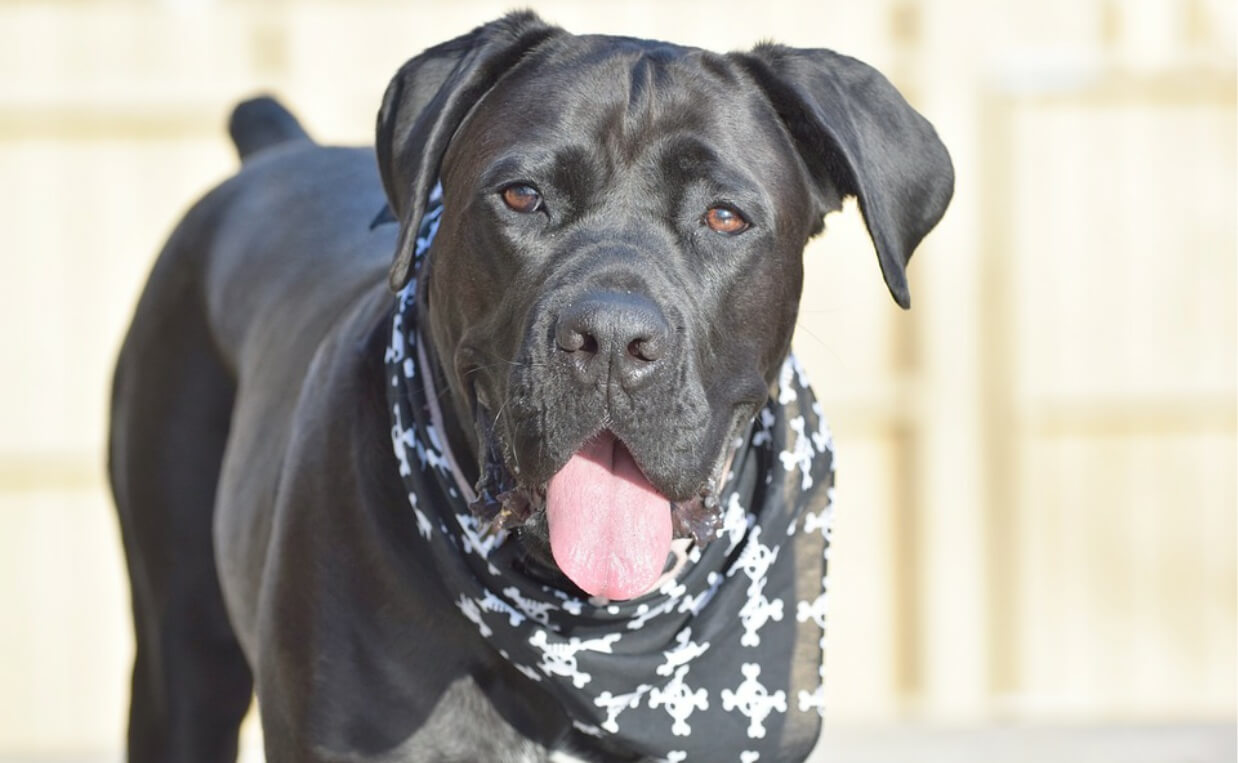
-
Hypothyroidism
Hypothyroidism is a common condition caused when the release of T-3 and T-4 hormone productions are lowered by the thyroid glad frequently seen in large breed dogs. Hypothyroidism can affect the mood and activity level, weight gain, vision and hair loss, including scaling and skin infections.
Risk factors for hypothyroidism include neutered males, spayed females, presence of a tumor or cancer.
-
Osteosarcoma
Osteosarcoma is a form of bone cancer and is, unfortunately, quite common in large breed dogs. Dogs over 80 lbs are more than 60 times as likely to develop osteosarcoma as dogs weighing less than 75 lbs. Rottweilers are especially at risk.
If osteosarcoma is caught early enough, amputation of the leg is sometimes enough to cure the disease. Sadly, 90 percent of osteosarcomas spread to a dogs lungs, where it becomes much more difficult to treat.
-
Hemangiosarcoma
Hemangiosarcoma (HSA) is a type of cancer commonly affecting large breeds, although any dog can be affected. Blood cells multiply uncontrollably and develop into huge, cavernous, blood-filled tumors. HSA can spread rapidly to the lungs, liver and local tissues.
Symptoms of HSA include reduced activity, pale lips and tongue, and an enlarged spleen and abdomen. Although there’s currently no cure for HSA, there are ways to effectively extend the lives of canines with cancer, improve immunity and quality of life.
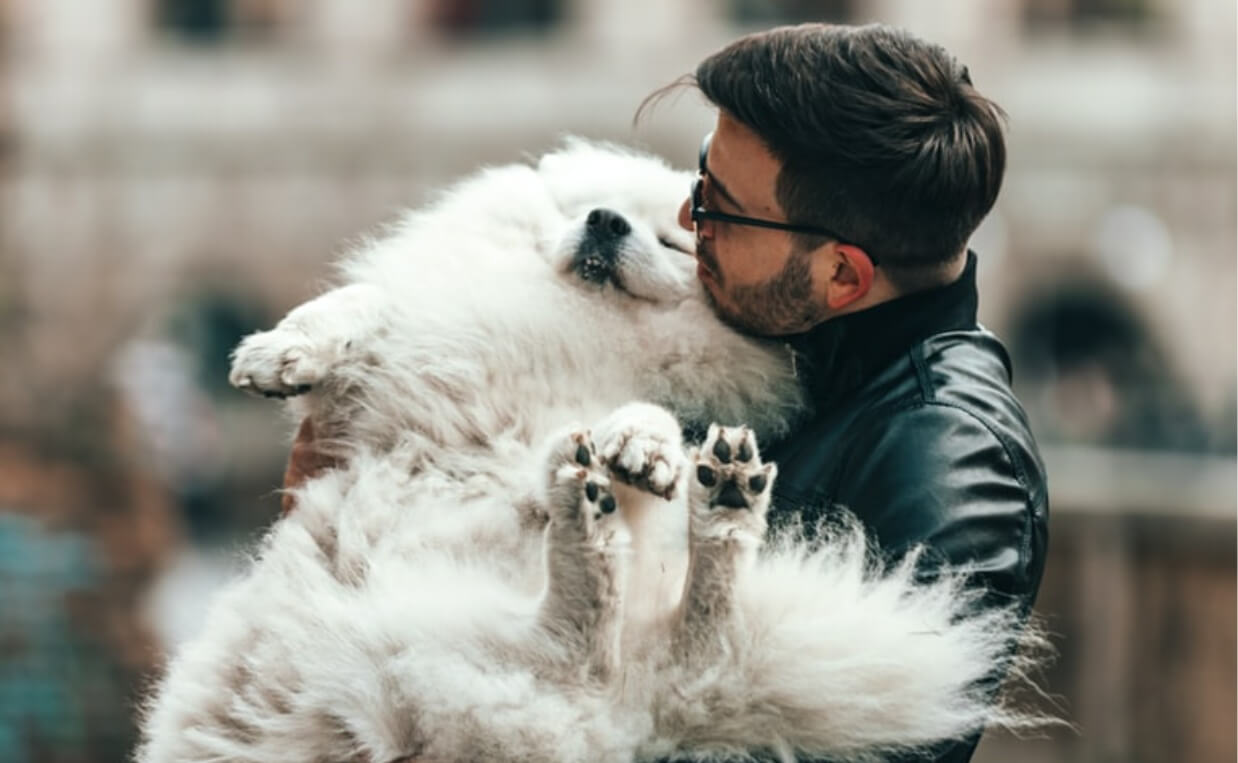
Certain large breeds have an increased likelihood of other health problems. Learn more about your dog’s breed and keep an eye out for symptoms of the most common health problems. The sooner you are able to identify a health issue and get your dog to a veterinarian, the better chance your vet has of treating your dog.

 What Can a Dog DNA Test Tell You About Your Dog?
What Can a Dog DNA Test Tell You About Your Dog? What Every Dog Owner Needs to Know About Canine Anemia
What Every Dog Owner Needs to Know About Canine Anemia Why Your Dog Smells Like Iron
Why Your Dog Smells Like Iron 10 Questions Your Veterinarian Wishes You Would Ask About Your Dog
10 Questions Your Veterinarian Wishes You Would Ask About Your Dog Does Your Dog Have Hidden Dental Disease?
Does Your Dog Have Hidden Dental Disease?






Spot on! This article highlights the crucial health concerns that large breed dog owners should be vigilant about. As a large breed dog owner myself, I find this information extremely helpful and reassuring. Thanks for shedding light on these important issues and guiding us towards better care for our beloved gentle giants!